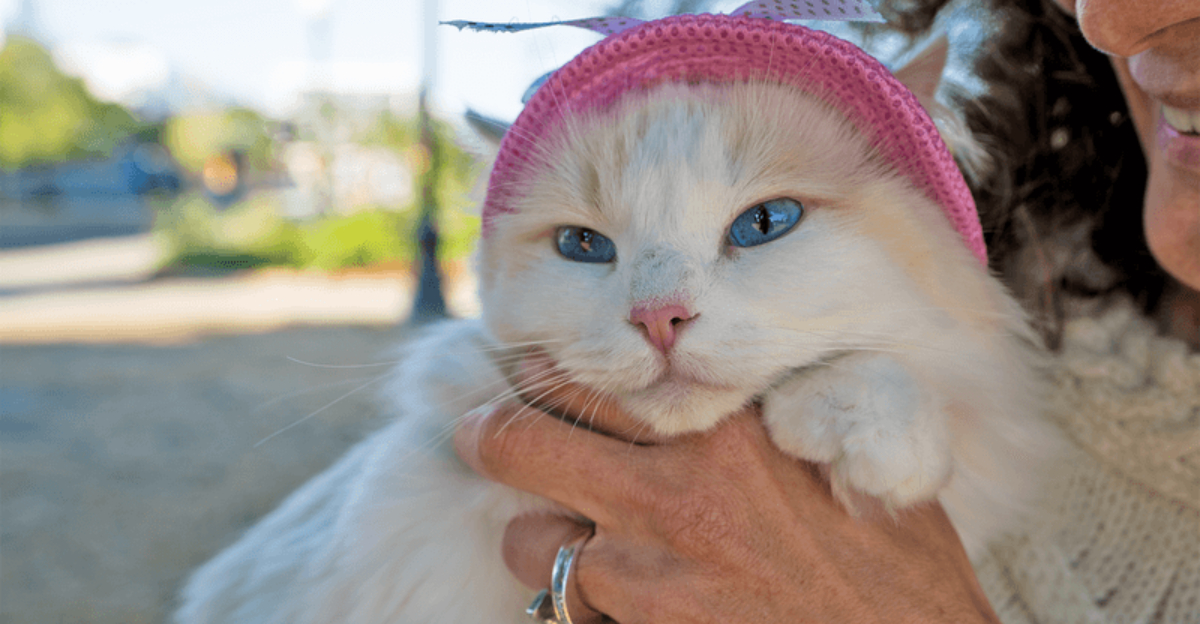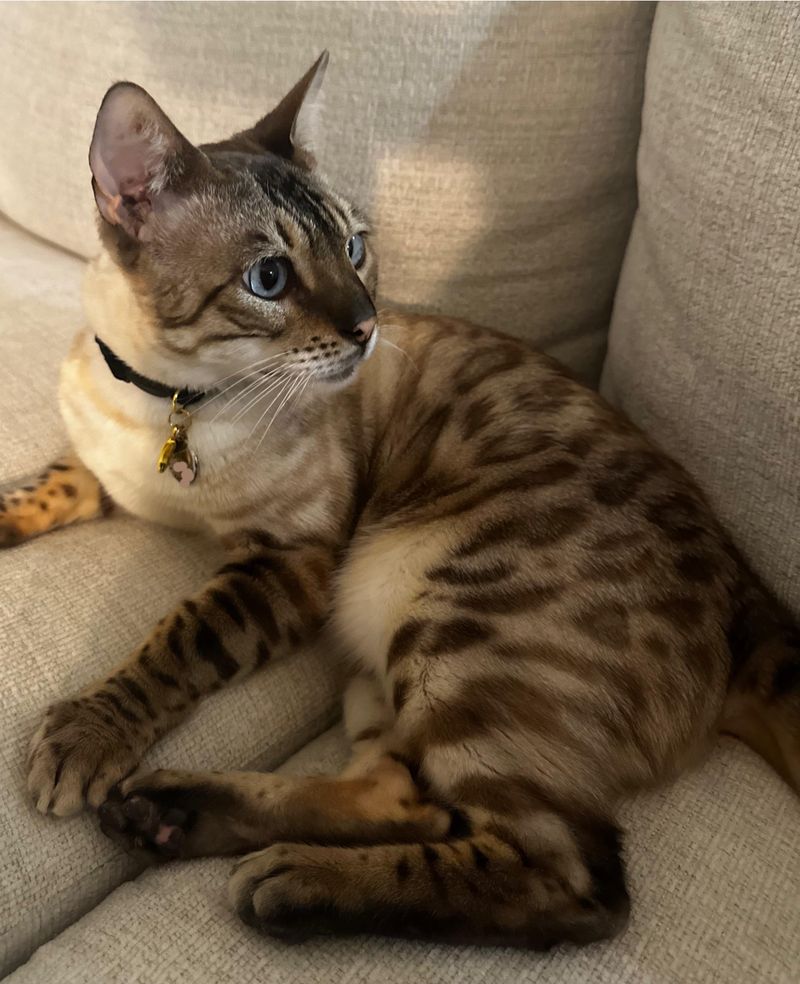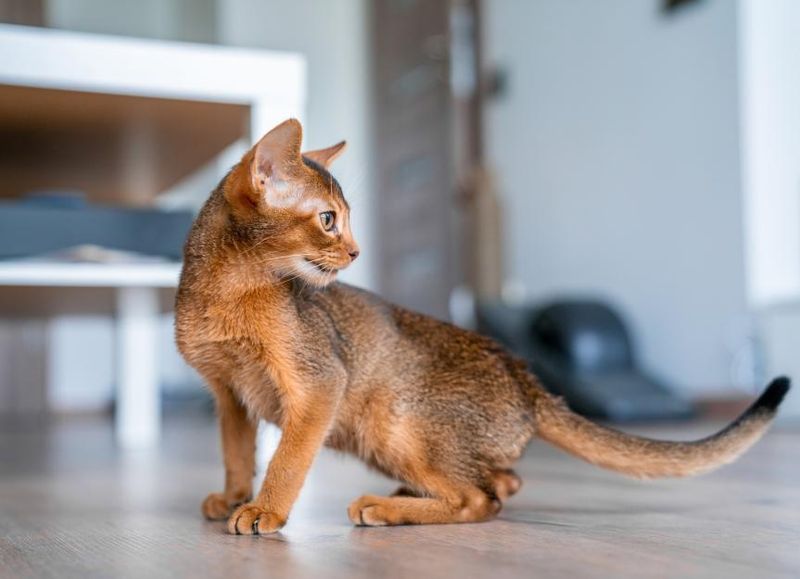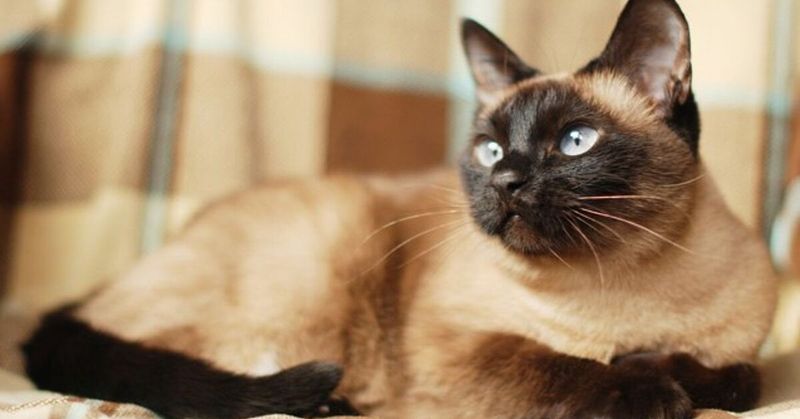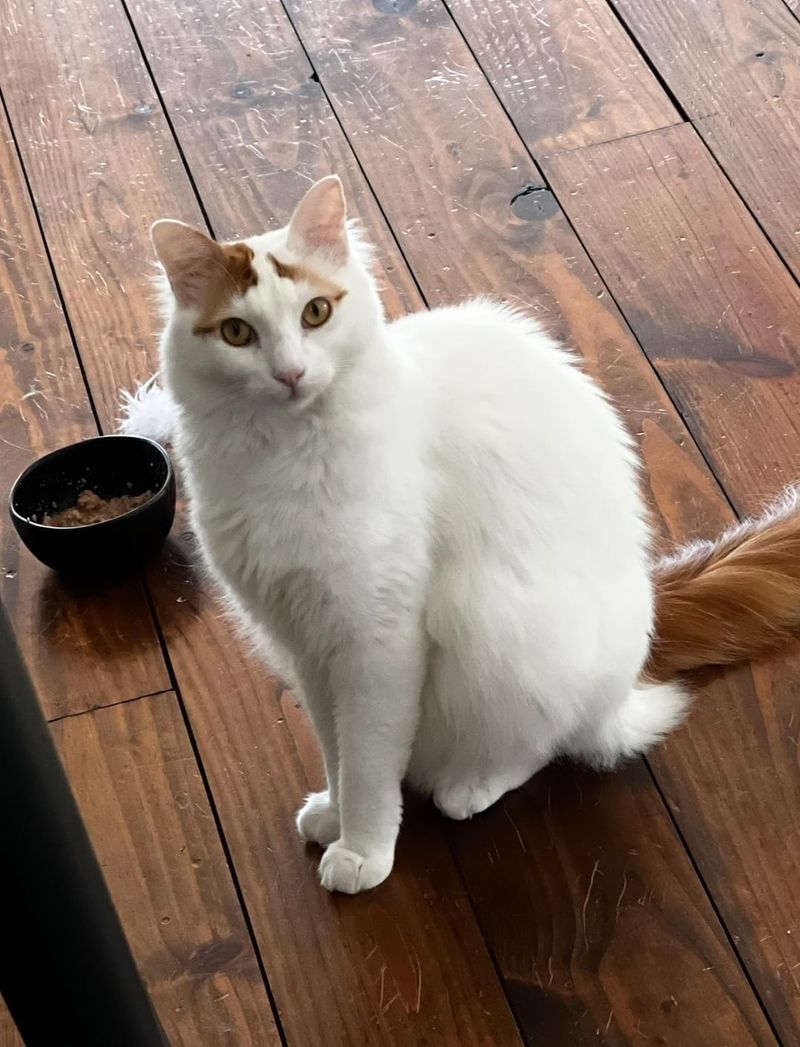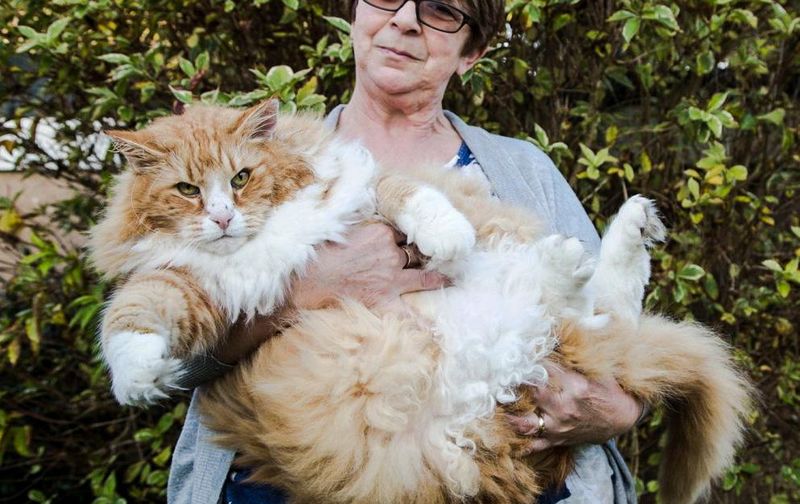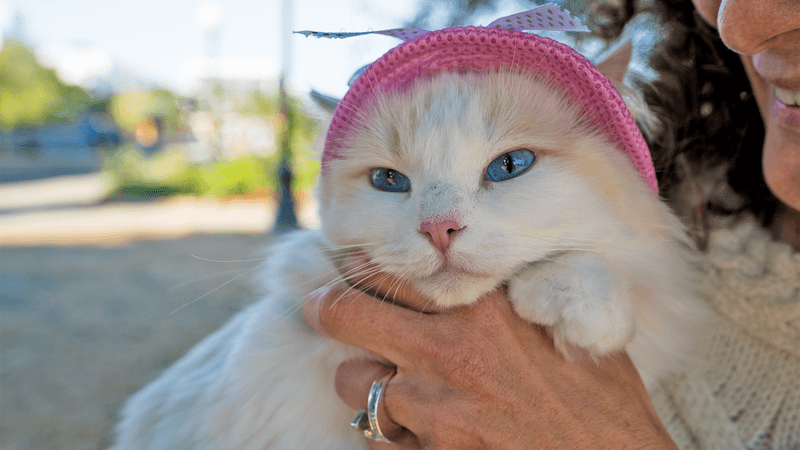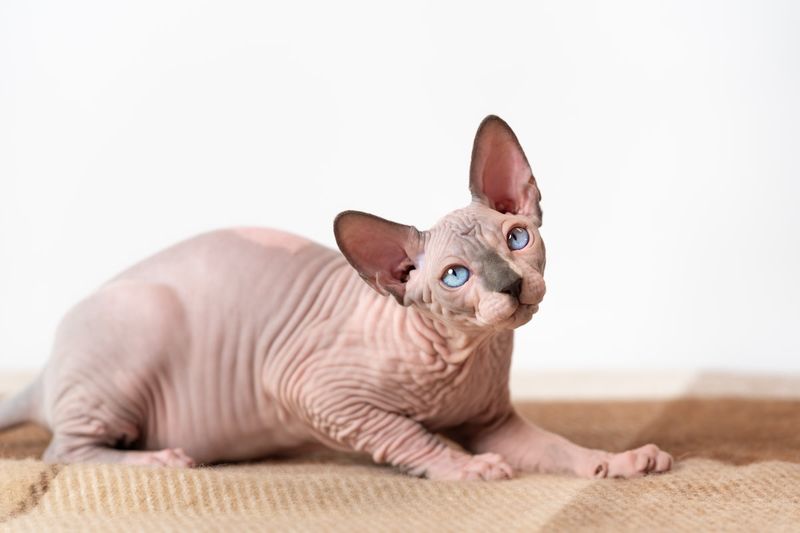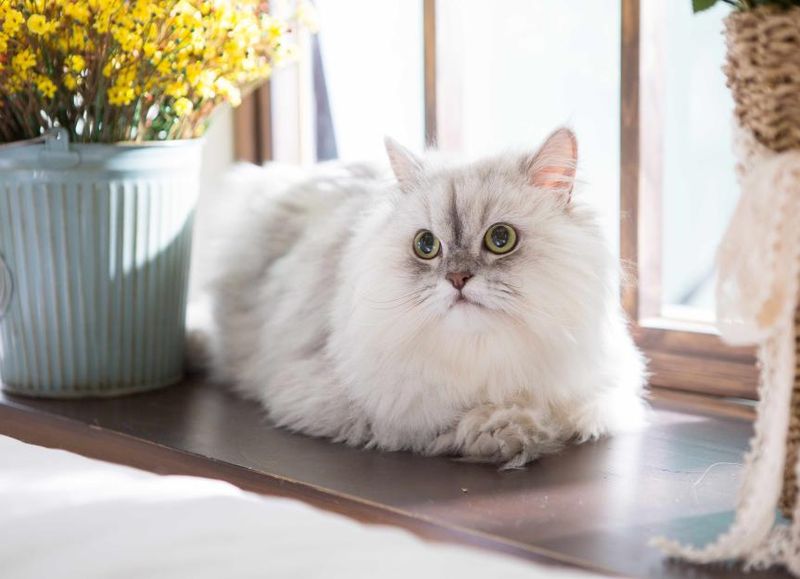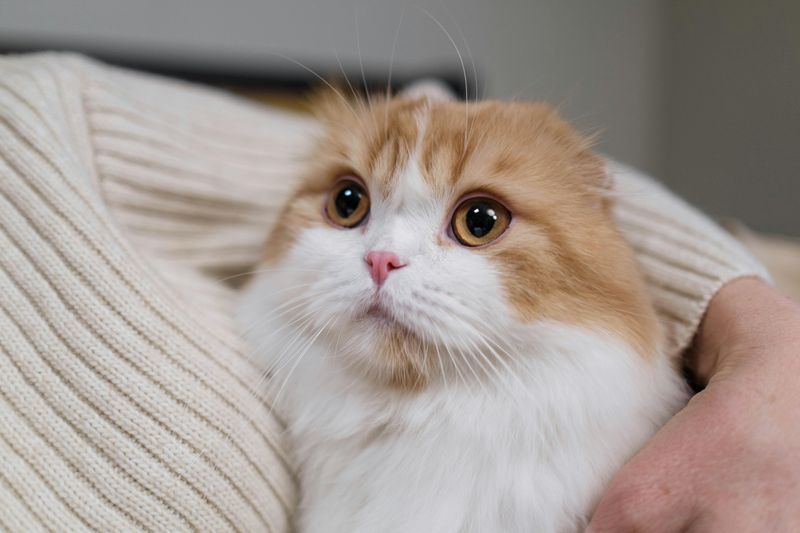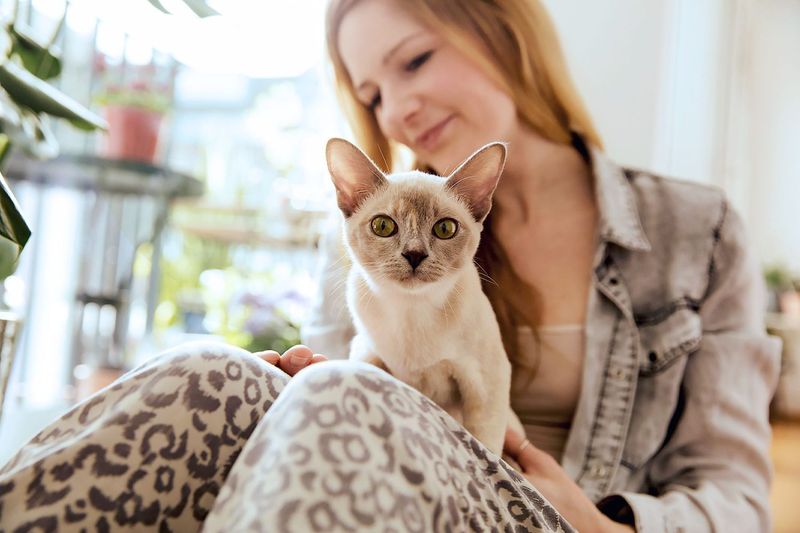📖 Table of Content:
Some cats melt into your arms like plush toys, while others squirm away the moment they’re lifted. These behaviors aren’t random—they’re deeply tied to breed tendencies and instincts. Genetics, energy levels, and social traits all shape how a cat responds to physical affection.
Certain breeds were developed to be close companions, thriving on touch and human connection. Others maintain a more independent streak, preferring affection on their own terms and from a respectful distance. Recognizing these patterns can prevent misunderstandings and help build trust with any cat.
Knowing which breeds adore cuddles—and which ones dodge them—can make a big difference when choosing a feline friend. A mismatch in touch tolerance can lead to stress for both cat and human. Matching a breed’s natural temperament to a household’s energy and expectations creates a more harmonious bond.
1. Bengal
Bengal cats bring wild energy and independent spirits to your home. These athletic felines prefer chasing toys or climbing cat trees over sitting in your lap. Their ancestry traces back to Asian leopard cats, giving them a natural desire for freedom and movement.
When you try to scoop them up, they’ll often squirm and leap away at the first opportunity. Bengals typically prefer interaction on their own terms—playing games or sitting beside you rather than being cradled. For a happy Bengal, focus on providing plenty of activities, and respect their space when they show discomfort with handling.
2. Abyssinian
With energy to spare and a mind of their own, Abyssinians rarely sit still for cuddles. These sleek, inquisitive cats see holding as a delay in their daily adventures. When lifted, they typically allow it for a moment before wriggling free with polite urgency.
They’re not unfriendly—just busy! These cats prefer showing affection by following you around, sleeping near you, or playing interactive games. Respect their boundaries by offering gentle pets while they remain grounded, and they’ll reward you with loyal companionship.
3. Siamese
Though known for their nonstop chatter, Siamese cats aren’t always fans of unsolicited cuddles. These graceful cats will make their displeasure clear the moment they’re picked up uninvited. Their bodies stiffen with resistance, making it clear they’d rather keep all four paws on the ground.
The Siamese prefers controlling interactions—approaching you for head scratches or sitting beside you on the couch. Many Siamese develop strong bonds with their humans but prefer expressing affection through conversation rather than cuddling. Their bright blue eyes will tell you exactly how they feel about being handled, and wise owners learn to respect these clear boundaries.
4. Turkish Van
Turkish Vans bring swimming skills and stubborn independence to the feline world. These rare cats have strong opinions about handling and aren’t shy about expressing them. When lifted, a Turkish Van might flatten its ears or squirm until returned to solid ground.
Their muscular bodies are built for activity—swimming, jumping, and exploring—not for being confined in human arms. These cats form deep bonds with their families but prefer showing affection through play or by sleeping at the foot of your bed. Their ancient heritage as semi-wild swimming cats may explain their preference for maintaining personal space and freedom of movement.
5. Norwegian Forest Cat
These sturdy, longhaired cats come from hardy Scandinavian roots and aren’t fond of being cradled. Norwegian Forest cats prefer their freedom and rarely enjoy close confinement. Attempting to hold one often results in a stiff posture and a clear desire to be let go.
Despite their handling aversion, Norwegian Forest cats form strong family bonds. They show affection by staying near you, supervising your activities from nearby perches, or gently head-butting your hand for pets. Their thick, beautiful coats require regular grooming—one of the few handling situations they’ll typically tolerate.
1. Ragdoll
True to their name, Ragdolls completely relax when held, going limp like a plush toy. Their calm, trusting nature makes them ideal cuddle companions. With their silky coats and impressive size, they’re as soothing to touch as they are to hold.
Ragdolls actively seek human contact, often following their people from room to room, just waiting for the next opportunity to be picked up. Many Ragdoll owners report their cats greeting them at the door, paws raised in the universal “pick me up” signal. Their placid temperament makes them exceptional therapy cats and perfect companions for those wanting a physically affectionate pet.
2. Sphynx
Sphynx cats seek human contact partly for warmth, but mostly because they’re incredibly social. Their lack of fur makes them particularly appreciative of body heat, leading to enthusiastic cuddle sessions. These unique-looking felines will actively jump into your arms, climb onto your shoulders, or burrow under blankets with you.
Their skin feels like warm suede, creating a distinctive cuddling experience unlike any other cat breed. Sphynx cats form intense bonds with their humans and show little inhibition about physical affection. Their energetic, clownish personalities mean cuddle time isn’t always calm—expect a Sphynx to knead, purr loudly, and possibly lick your face while being held.
3. Persian
Everything about a Persian cat—from its thick, silken fur to its laid-back disposition—invites close contact. These cats aren’t just tolerant of being held; they actively enjoy it. Their solid builds and gentle natures make them peaceful, plush cuddle partners.
Persians typically respond to being held with loud purring and slow blinks—cat language for “I love you.” Their preference for quiet environments and gentle handling makes them ideal companions for seniors or anyone seeking a physically affectionate, low-energy pet that appreciates being carried around the house.
4. Scottish Fold
Scottish Folds bring their distinctive folded ears and exceptional affection to cuddle time. These medium-sized cats have a remarkable tolerance for being held, often preferring elevated positions in your arms. Their round faces and sweet expressions match their gentle personalities perfectly. Scottish Folds frequently seek out their humans specifically for pickup sessions, sometimes tapping legs with their paws to request elevation.
Many Fold owners report their cats enjoy being cradled like babies or draped over their shoulders. Their moderate activity level means they’re content to relax in your arms rather than squirming to get down. This breed maintains its kitten-like playfulness and cuddliness well into adulthood.
5. Burmese
Don’t let their sleek appearance fool you—Burmese cats are solid and strong, making them feel satisfyingly weighty when cuddled. They crave closeness and will often initiate it, leaping into laps or climbing up for attention. Their velvet-like fur and loving personality make every cuddle feel intentional.
Unlike some affectionate breeds, the Burmese remains playful throughout life. They’ll happily transition from an energetic play session straight into cuddle time. Their expressive golden eyes seem to communicate genuine joy when scooped into welcoming arms, making them among the most rewarding cats for physically affectionate owners.
